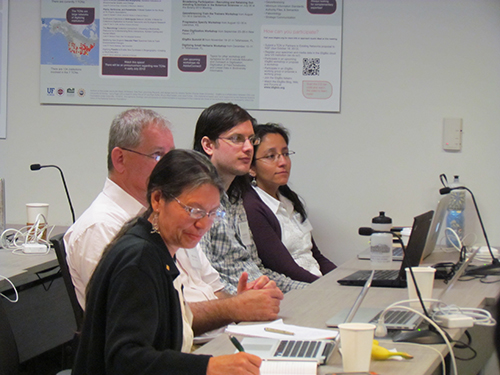 -Guest blog enthusiastically provided by course participant Rick Levy, Database Associate, Denver Botanic Gardens
-Guest blog enthusiastically provided by course participant Rick Levy, Database Associate, Denver Botanic Gardens
Having recently participated in the Field to Database (F2DB) workshop, I have had a lot to practice and share with my colleagues. The course took a head first dive into the journey of natural history data, from collection methodologies to its dissemination through new exciting channels.


But by far, the most intriguing thing we covered was Rmarkdown. Rmarkdown is a markup language (think HTML) that can be used right within an R console and within the R coding language. It is a way for a scientist to document how they manipulated data, conducted analyses, and created tables and figures all within a working document that will eventually produce a polished manuscript. Even better, after every significant change or accomplishment is met, the latest version of your work can be pushed directly to Git Hub, joining all the previous versions.
This type of transparent and reproducible research is bound to set new standards and become a significant part of science of the future. Now that I am back to work at the Denver Botanic Gardens we are incorporating these methods into sort of a test pilot research paper to see how we can use them in the future.
Meanwhile I am looking forward to more webinars and workshops with iDigBio, especially those that focus on the improvement of existing data or offer an in-depth look at how online databases are built and function.



(For more about F2DB see related blog post by Deb Paul: Field to Database (F2DB): field-data collecting trends and 21st century data skills)




